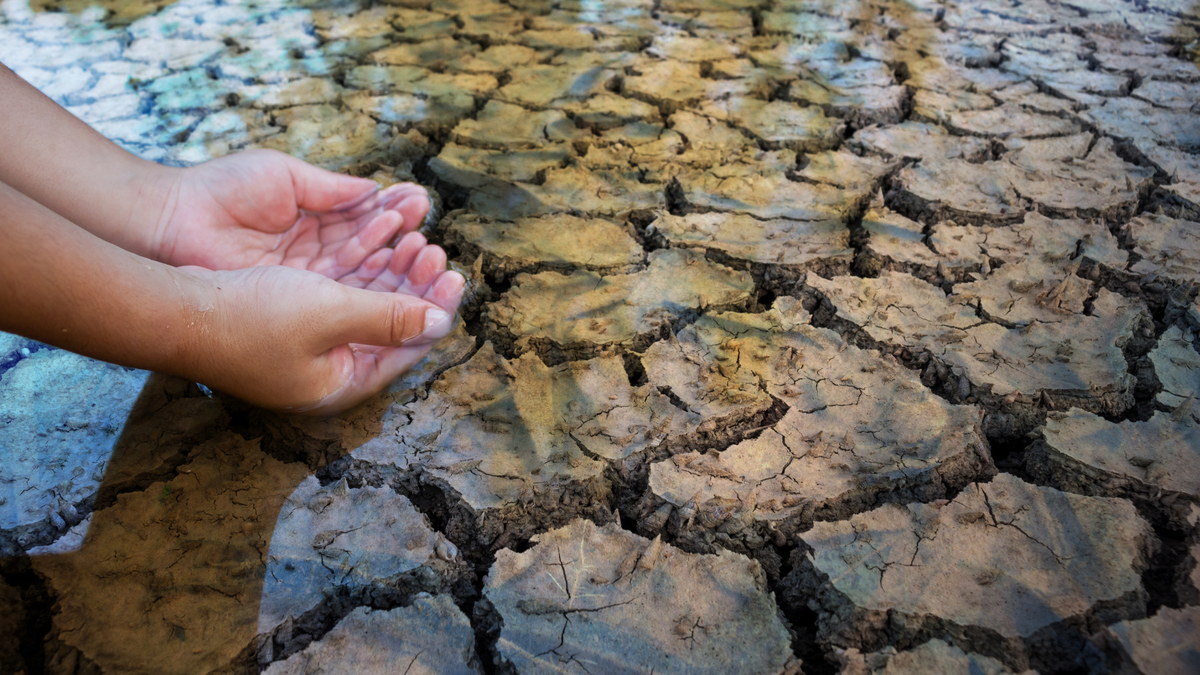The next three months will be key to reversing the situation. Meanwhile, drinking water is scarce and agriculture continues to be affected.
The lack of drinking water and the laps of the disasters caused by the drought in the soils it seemed that they were going to end once the neutral stage of rains began in the Uruguay; however, the dry season has not yet ended and the necessary rainfall to fill the reservoirs is still waiting.
The content you want to access is exclusive to subscribers.
In mid-March, the American Oceanic and Atmospheric Agency (NOAA, for its acronym in English) had announced that the phenomenon of The girl was over and a neutral rainy phase would begin where rainfall would normalize. However, rainfall is still very low causing several areas of the country to have problems accessing drinking water and agriculture unable to recover the beaten soil during the summer.


“Today we are in the neutral phase, with prospects of moving to the warm phase in winter,” he explained to scope.com meteorologist and climate change specialist, Mario Bidegain. Although he admitted that there have been rains that allowed a large part of the Uruguayan soil to be recovered, the southwestern part of the country still continues to pay for the water deficit. The zones of Colonia, San José, Montevideo and Canelones They are the most affected since the rains were not enough to recover streams, rivers, ravines and reservoirs.
“Everything suggests that in the next three months we should have a normalization of the rains” encouraged the meteorologist, although he admitted that to refill the reservoirs there should be rainfall that exceeds the water absorption capacity of the soils and that has not yet happened. According to Bidegain, the amount is highly variable because it depends on the capacity of the soil and the region, but it can be around between 60 and 80 millimeters to be able to overflow the floorswhich would allow the reservoirs to be filled.
A historic drought and the role of climate change
It is not the first time in history that the rains are absent during a drought, such as the one that occurred between 2008 and 2009. However, the current water deficit is the first in Uruguay’s recorded history to last more than 3 years. “This case is exceptional because we have spent more than 3 years in a state of drought”, explained the meteorologist.
Paradoxically, according to the expert, the particular drought that Uruguay is going through would not correspond to the forecasts of climate change in this part of the world. The meteorologist explained that, in this area of the planet, it is expected that, with the advance of climate change, rainfall will increase and not decrease and that the drought corresponds to natural climate variability.
Source: Ambito




